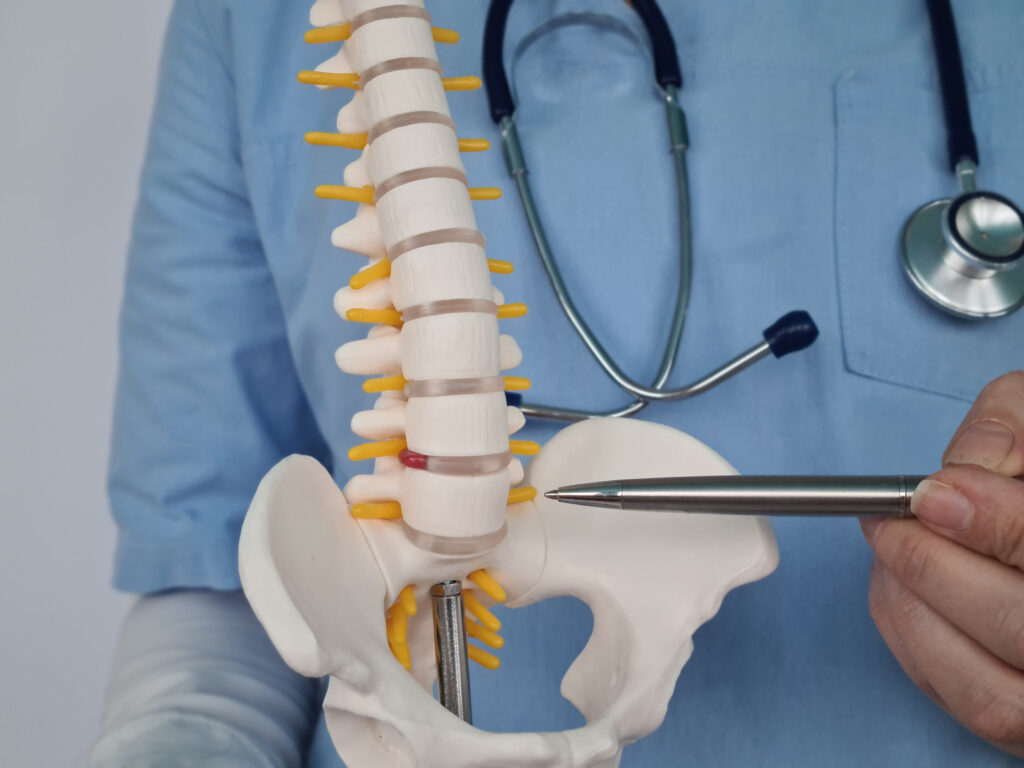Lumbar disc degeneration (LDD) is a significant health issue that affects many individuals, leading to pain and reduced functionality. This condition is characterized by the diminished viability and functional impairment of nucleus pulposus mesenchymal stem cells (NPMSCs), which play a crucial role in maintaining the health of intervertebral discs. As research in this area expands, traditional remedies are gaining attention for their potential therapeutic benefits. One such remedy is Shaoyao-Gancao decoction (SGD), a traditional Chinese medicine formula that has been employed in the treatment of LDD. However, the specific active components of SGD and their mechanisms of action remain largely unexplored.
In a recent study, researchers Junxiao Ren, Rui Xin, Xiaoping Cui, Yongqing Xu, and Chuan Li have delved into the effects of SGD on LDD, aiming to uncover its therapeutic potential and underlying mechanisms. This investigation is crucial, as understanding how traditional formulas like SGD can influence the health of NPMSCs could pave the way for more effective treatments for LDD.
LDD is characterized not only by physical symptoms but also by the biological processes that lead to the degeneration of intervertebral discs. The nucleus pulposus, a gel-like substance within the discs, relies on a healthy population of NPMSCs to maintain its structural integrity and function. When these cells become impaired, it can lead to pain, reduced mobility, and overall diminished quality of life for those affected.
Traditional Chinese medicine has long utilized herbal formulations to address a variety of ailments, including musculoskeletal disorders. Shaoyao-Gancao decoction is one such formula, composed of various herbs known for their anti-inflammatory and analgesic properties. Despite its historical use, scientific validation of its efficacy and the identification of its active components have been limited.
The study conducted by Ren and colleagues aims to bridge this gap. By investigating the effects of SGD on NPMSCs, the researchers hope to elucidate its role in promoting cell viability and functionality, thus offering insights into how this traditional remedy may support the treatment of LDD. The findings from this research could potentially lead to a better understanding of the application of traditional Chinese medicine in modern healthcare.
As the field of regenerative medicine continues to evolve, integrating traditional remedies with contemporary scientific approaches may offer innovative solutions for conditions like lumbar disc degeneration. The work of Ren, Xin, Cui, Xu, and Li represents a promising step forward in uncovering the mechanisms of action behind Shaoyao-Gancao decoction, paving the way for future research and potential clinical applications.
In conclusion, as we explore the intersection of traditional medicine and modern science, studies like this one can help us to appreciate the complexities of conditions such as LDD and the potential for holistic approaches to treatment. Understanding the efficacy of remedies like SGD not only contributes to the medical community’s body of knowledge but also provides hope for individuals suffering from the debilitating effects of lumbar disc degeneration.


